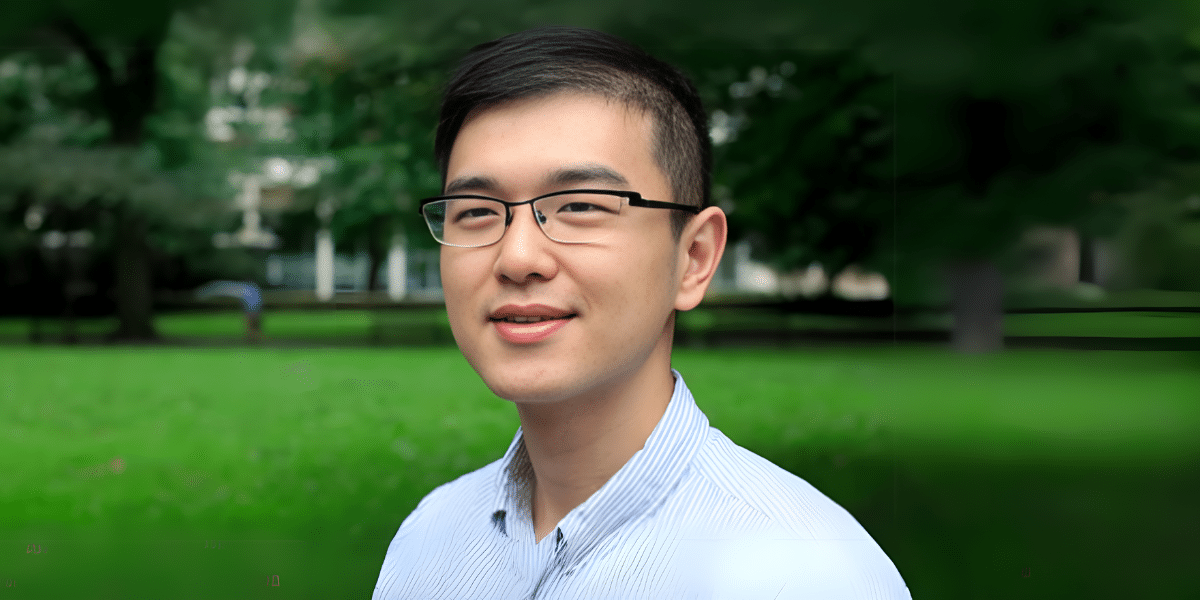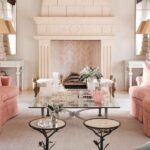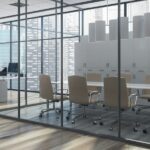By: Linda Gabriel
Today, we are very excited to have a conversation with the acclaimed landscape architect, Siyu Du. Before we dive into the Q&A session, could you please introduce yourself to us?
Siyu Du: Hello everyone! I am Siyu Du, a landscape architect from China. Since joining OLIN, a landscape architecture studio based in Philadelphia, in 2018, I have led several landmark projects under the guidance of Skip Graffam and Laurie Olin, including designing the world’s largest publicly accessible rooftop park, “The Rise.” From 2021 to 2023, I also worked on the design of the Desert Storm Desert Shield Memorial in Washington, DC. Currently, in addition to my work at OLIN, I am also a guest lecturer at the University of Pennsylvania and Temple University, committed to nurturing the next generation of landscape design talent.

What were your initial motivations for pursuing landscape design after graduating from Beijing Forestry University, and have these motivations changed over the course of your career?
Siyu Du: Initially, my interest in landscape design was mainly about creating intriguing spaces. I was particularly fascinated by exploring the relationship between outdoor spaces and human scale, and I was passionate about the aesthetic beauty of landscapes. As my understanding of the industry deepened, my design philosophy evolved. In my designs, I now consider not only the spatial scale and aesthetics but also the broader positive impacts landscapes can bring at larger scales, such as neighborhoods, communities, and even cities. These impacts include increasing green spaces, enhancing outdoor experiences, and addressing macro-level issues such as stormwater management, sustainable landscape construction, and mitigating urban heat island effects. The training at RISD has taught me to frequently shift my perspective, considering everything from construction details to regional strategies. This constant lens shifting has been my most significant advancement in recent years.
Can you introduce the green roof design of the Vallco Town Center (The Rise) project? What are the main concepts and challenges behind this design?
Siyu Du: The core concept of the Vallco Town Center project is to provide a landscape architecture system in an urban environment based on local natural and cultural landscapes, addressing challenging climate conditions such as prolonged droughts and global temperature rises. In terms of design language, we intertwined natural and cultural landscapes in three dimensions, allowing the landscape and architecture to genuinely merge and form an interdependent relationship. The main challenge in design lies in integrating boundaries, including those between architecture and landscape and between residential and public spaces. We invested significant time and effort in organically and vividly blending the ground and roof landscapes, aiming for this integration to be natural and imperceptible. We hope that the green roof is not just a roof but becomes part of the urban ground surface, blurring the concepts of roof and ground architecture. This requires meticulous research and design in circulation, functional planning, and planting strategies.
How did you combine naval history with water elements to create an interactive museum space in the design competition for the National Navy Museum?
Siyu Du: When it comes to the navy, one naturally thinks of ships and water. Our design deconstructs the concept of a ship, creating a building that resembles the bow of a ship breaking through the water. The entire landscape design is like a vast water surface, providing a stage for this dynamic ship. At the north end of the museum near the main entrance, a curtain fountain creates a dramatic display effect, with sections that can be controlled and adjusted for different events. The large-scale, open nature of the plaza allows visitors to feel like they are in the open ocean while also serving as a venue for large events and an outdoor exhibition space for naval artifacts. The fountains create beautiful reflections on the building’s facade and in the Honor Courtyard, symbolizing the navy’s powerful presence. At the rear of the museum, water elements create a tranquil memorial garden, forming a plaza like an “island” that offers a serene atmosphere and cooling effect. The linear exhibition space connecting the front and rear plazas features a gentle stream, linking the grandeur of the front yard with the tranquility of the backyard. The overall landscape narrative communicates the navy’s honor, strength, and the underlying themes of dedication and sacrifice.

How did you apply landscape design principles to create a sustainable landscape that reflects local characteristics and meets the needs of a healthcare environment in the design of the University of Kentucky Cancer Treatment Center campus?
Siyu Du: The design of the University of Kentucky Cancer Treatment Center campus is a quintessential example of combining functional requirements with natural landscapes. Healthcare landscapes have unique functional demands, needing to cater to the hospital’s needs for fundraising events and providing patients with opportunities to connect with nature. The landscape design must be serene and tranquil, avoiding overly vibrant aesthetics and selecting eco-friendly plants. In our design, we used topography to establish a connection with the local landscape and incorporated local materials such as limestone at various landscape nodes. This ensured functionality while embedding a natural design language. The selection and arrangement of plants were carefully considered to meet ecological needs and adapt to the specific requirements of the healthcare environment.
What innovative landscape design projects are you currently involved in, and how do you see the role of landscape design in addressing global environmental, social, and cultural challenges?
Siyu Du: I am currently involved in projects primarily focused on high-tech campuses and educational institution campuses. The clients for these projects are typically highly educated and economically influential groups who show a strong concern for landscape ecological environments and sustainable development. It is foreseeable that these individuals will have a significant impact on society in the future. Sustainable development and ecological protection, combined with urban development, will become major topics in the near future, and landscape design will undoubtedly play a crucial role in this. The main challenge lies in the fact that landscape architects are not only responsible for creating outdoor spaces but also need to coordinate multidisciplinary knowledge, including structure, engineering, construction, and ecology while maintaining a focus on humanity and aesthetics. Landscape architects must possess a macro vision, integrate resources, and propose strategies, which requires extensive knowledge and years of in-depth research.
Published by: Holy Minoza

















